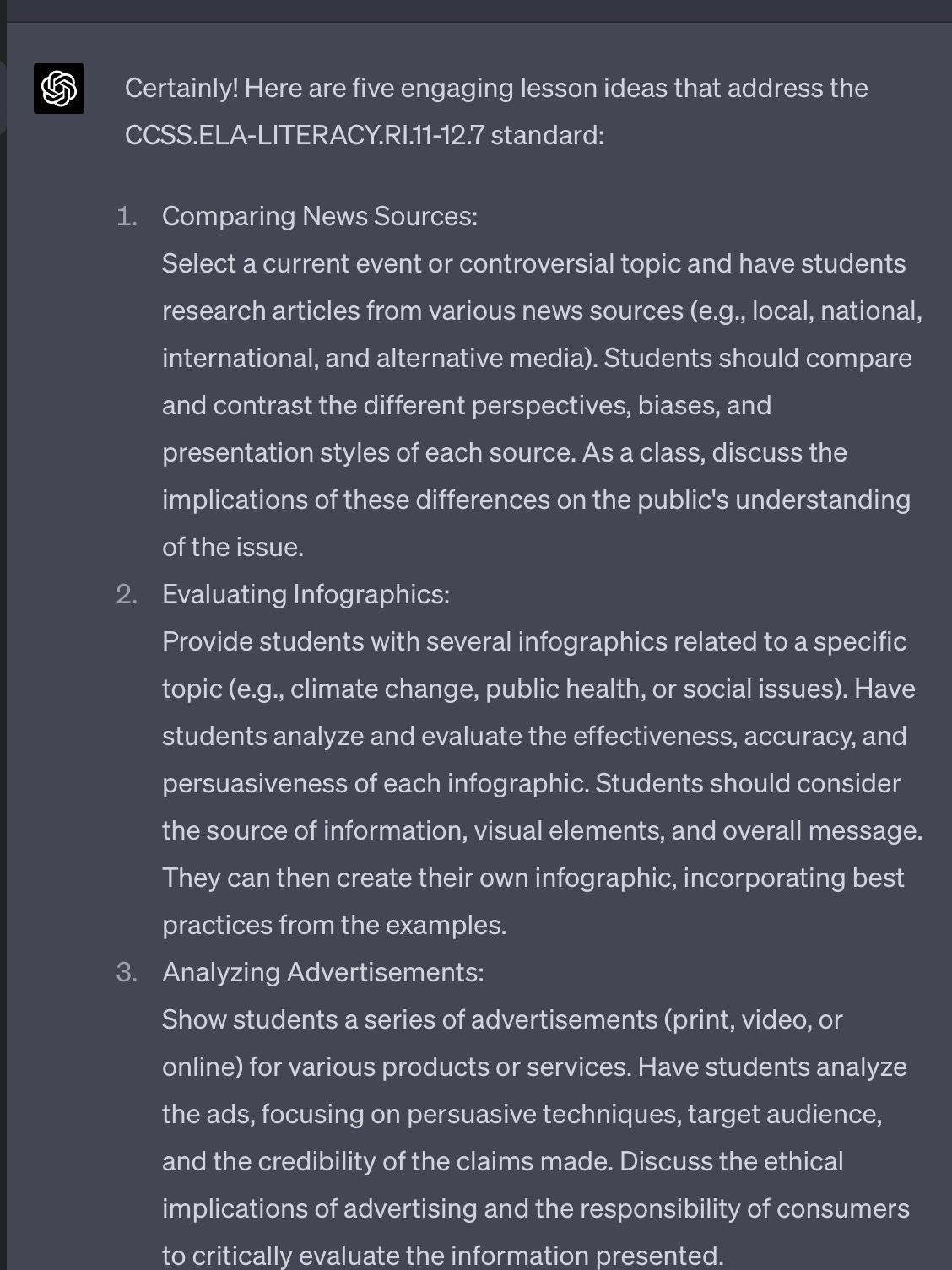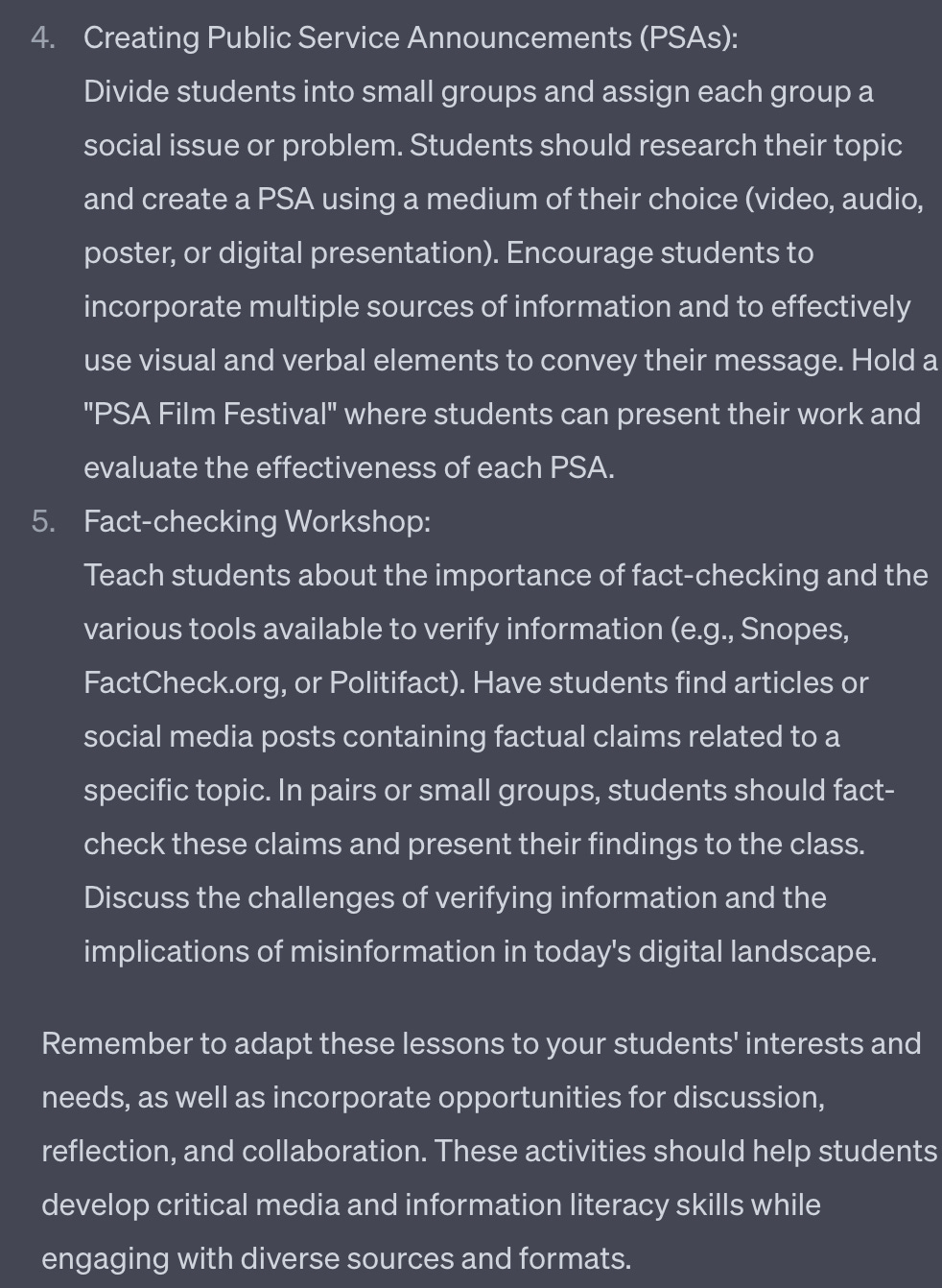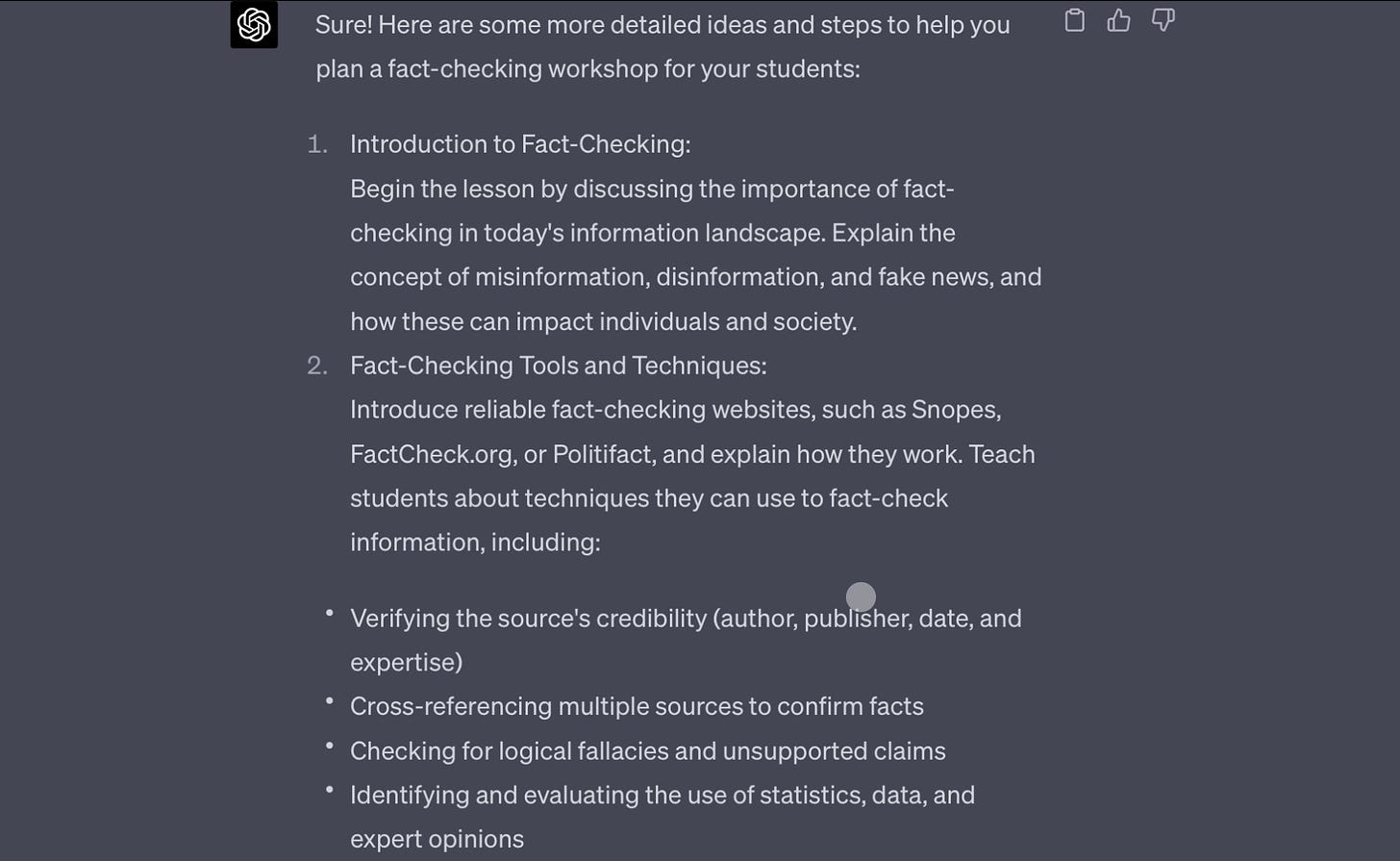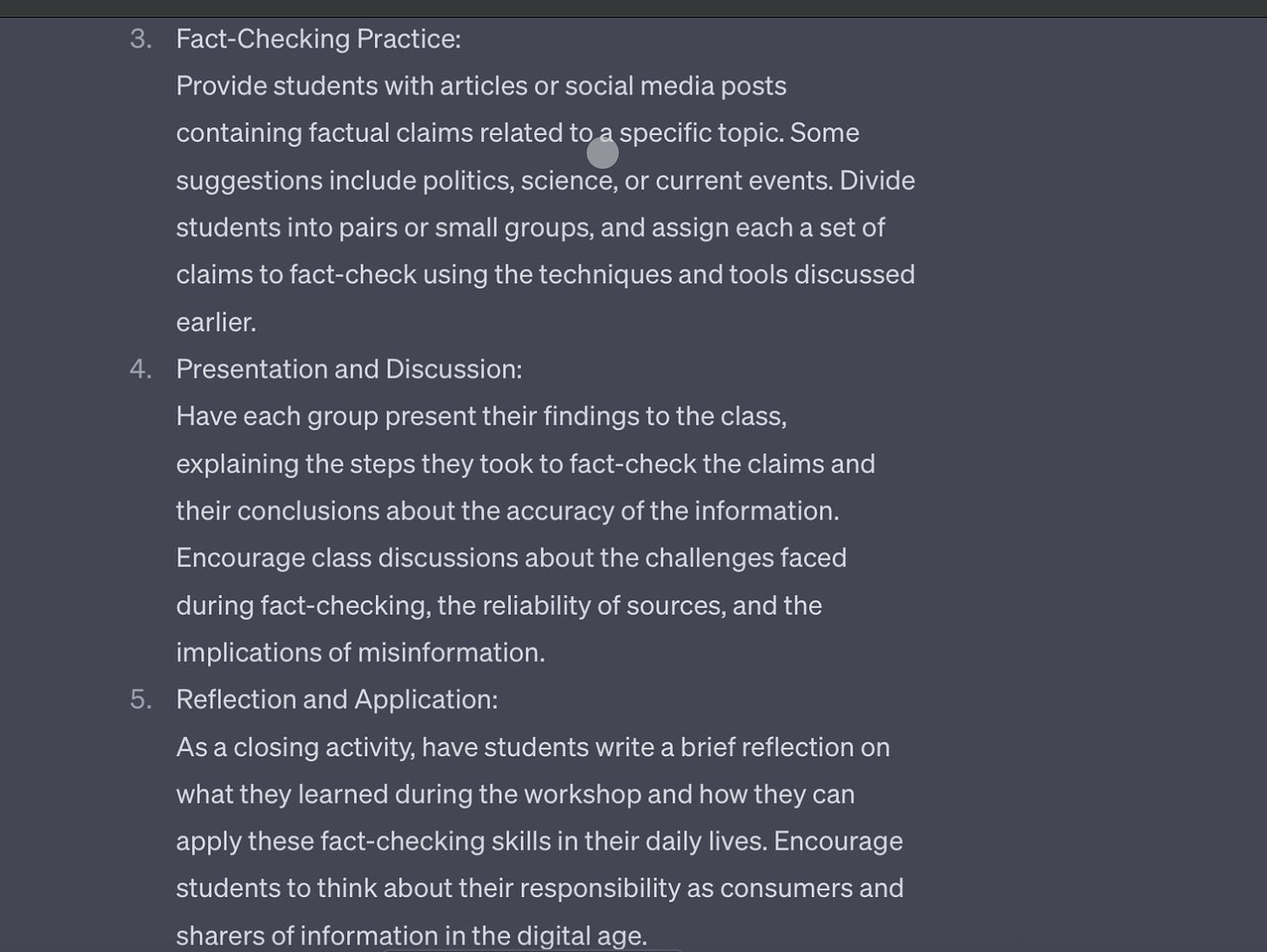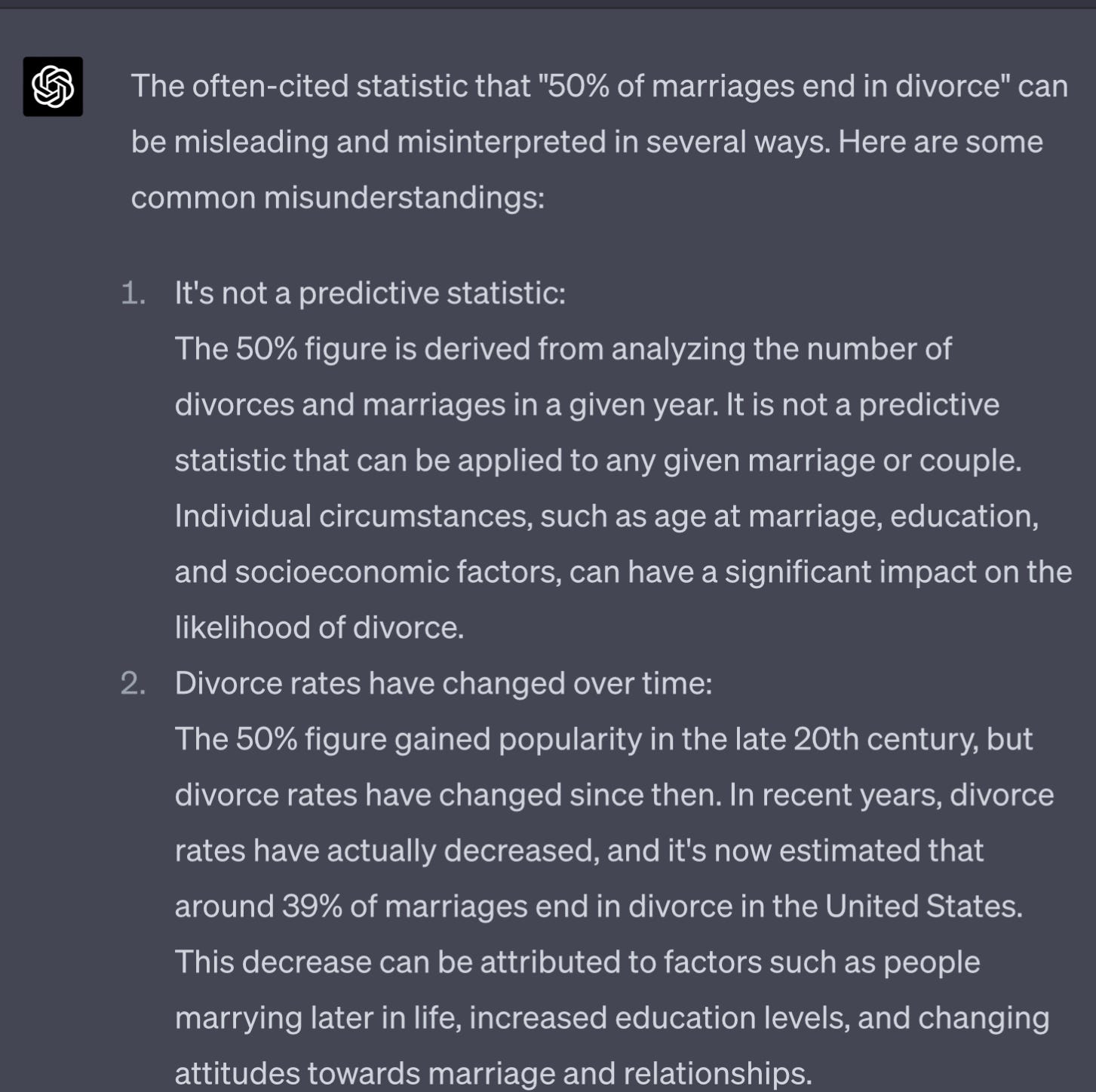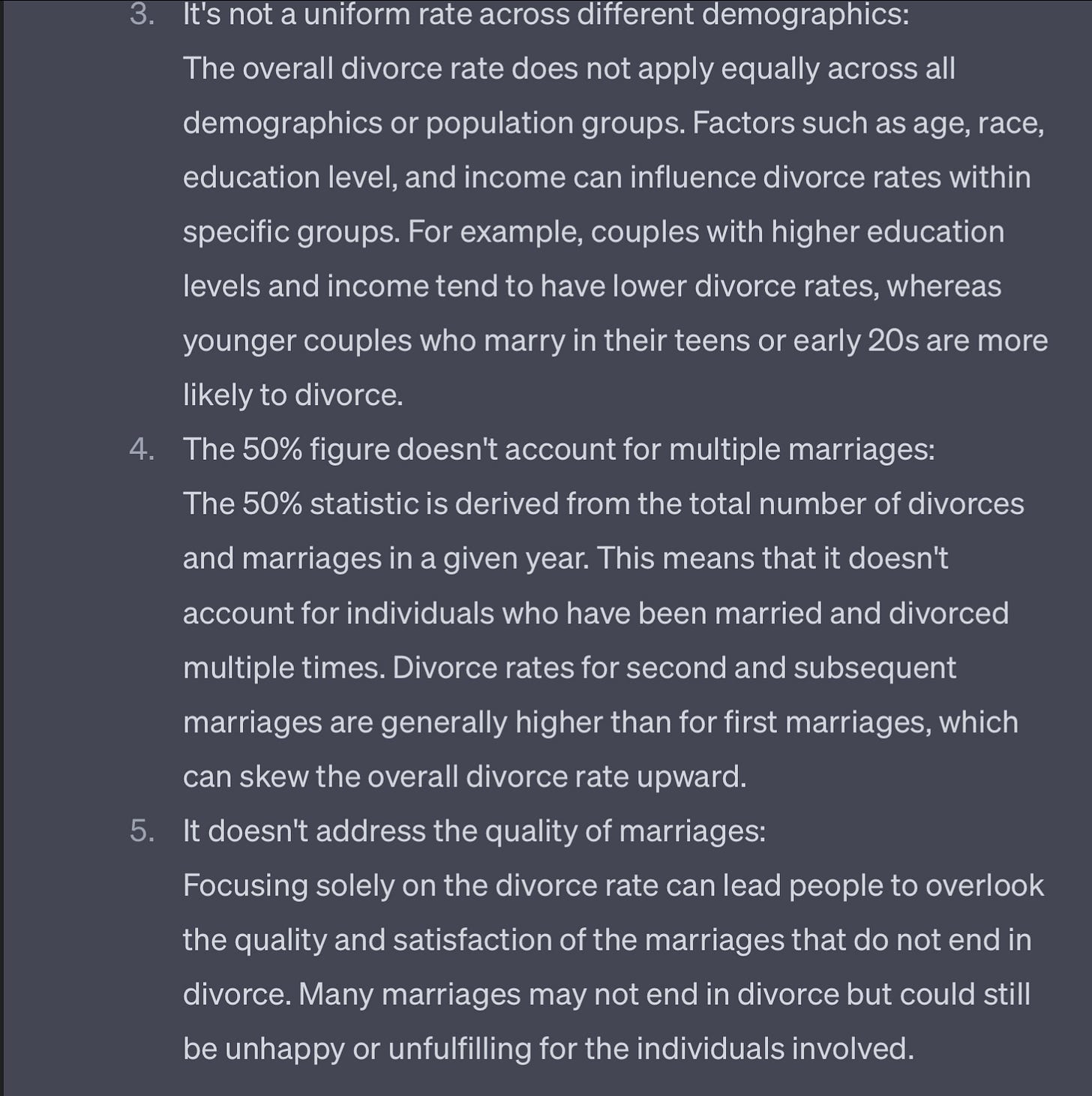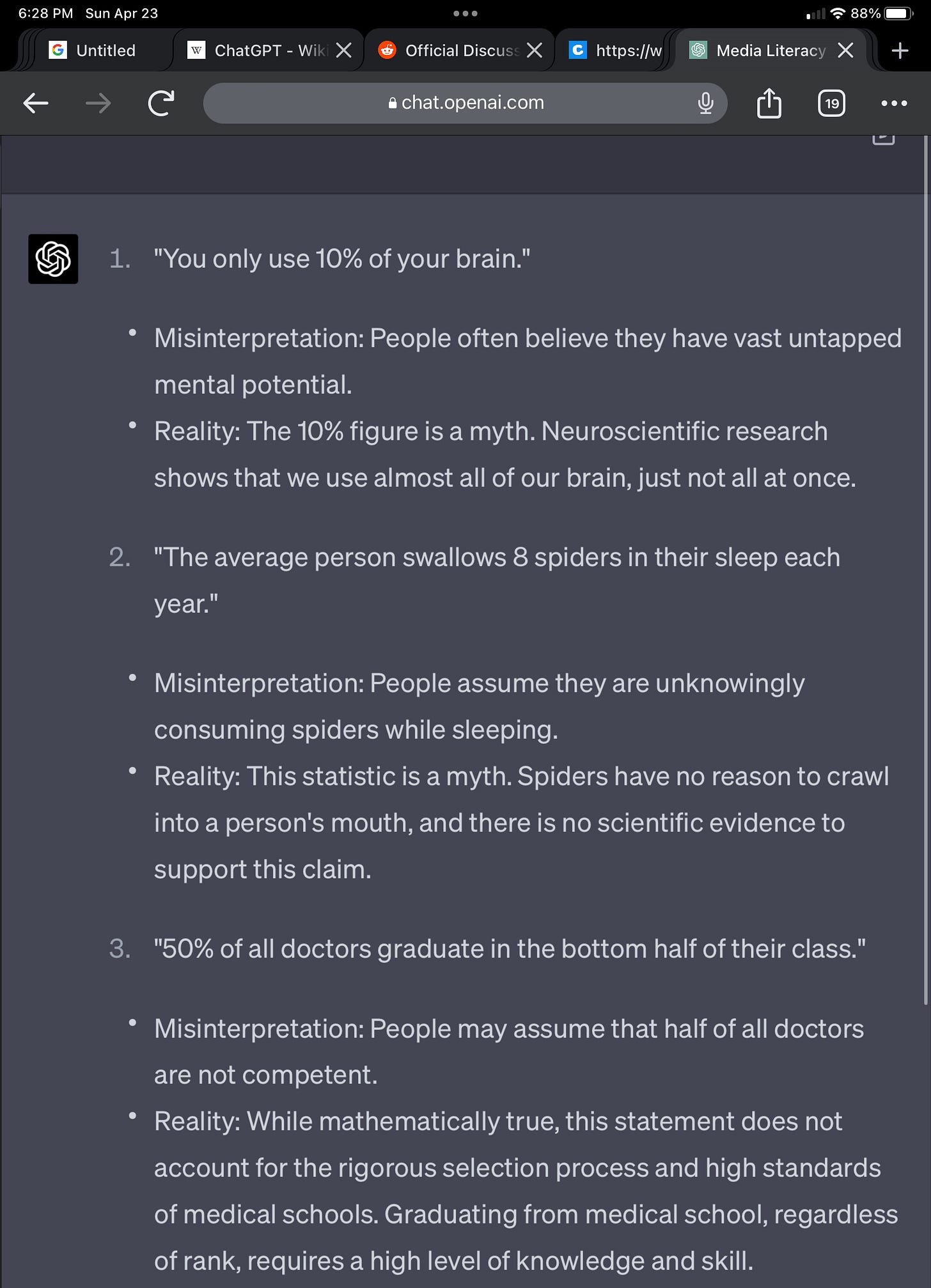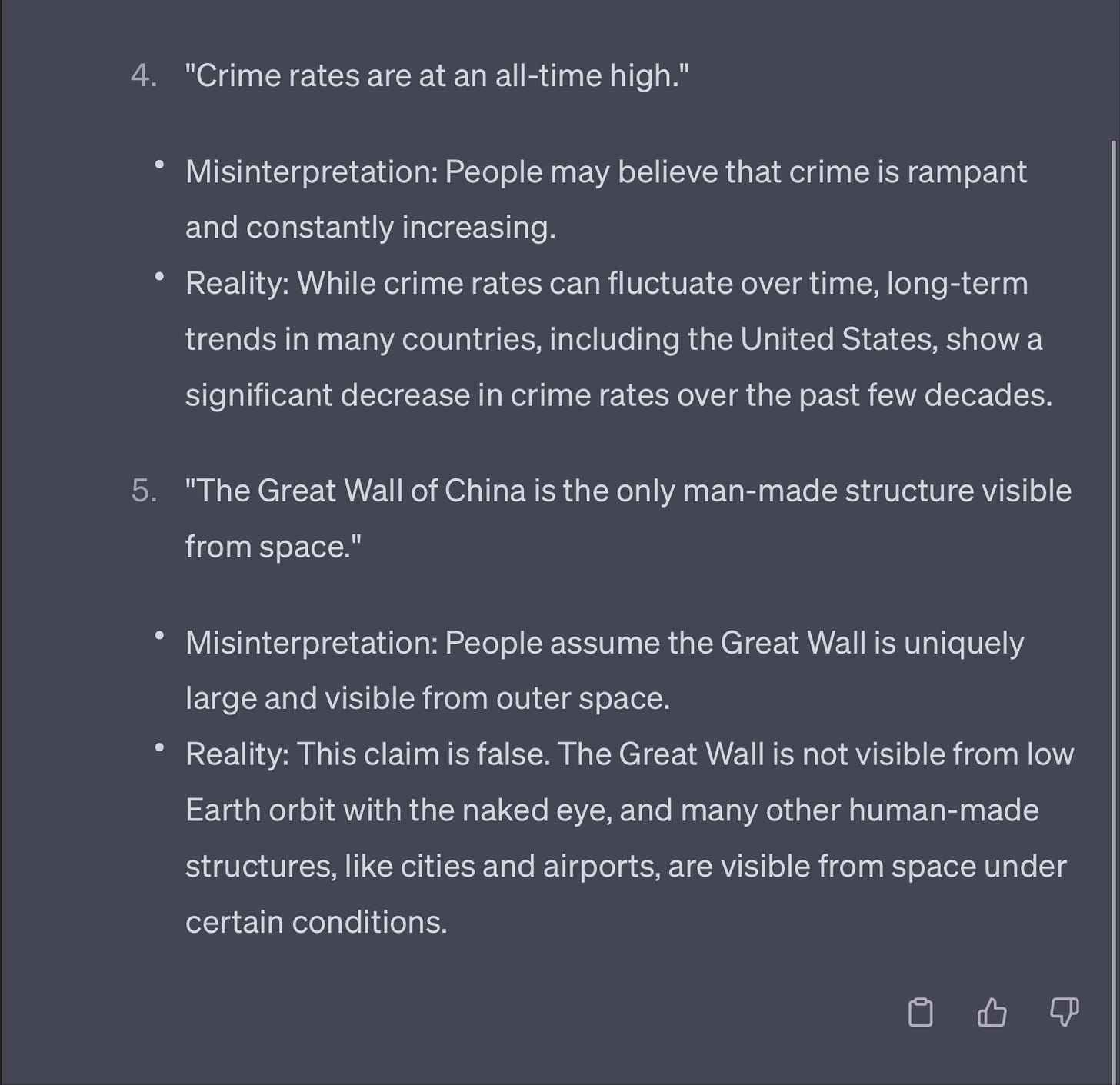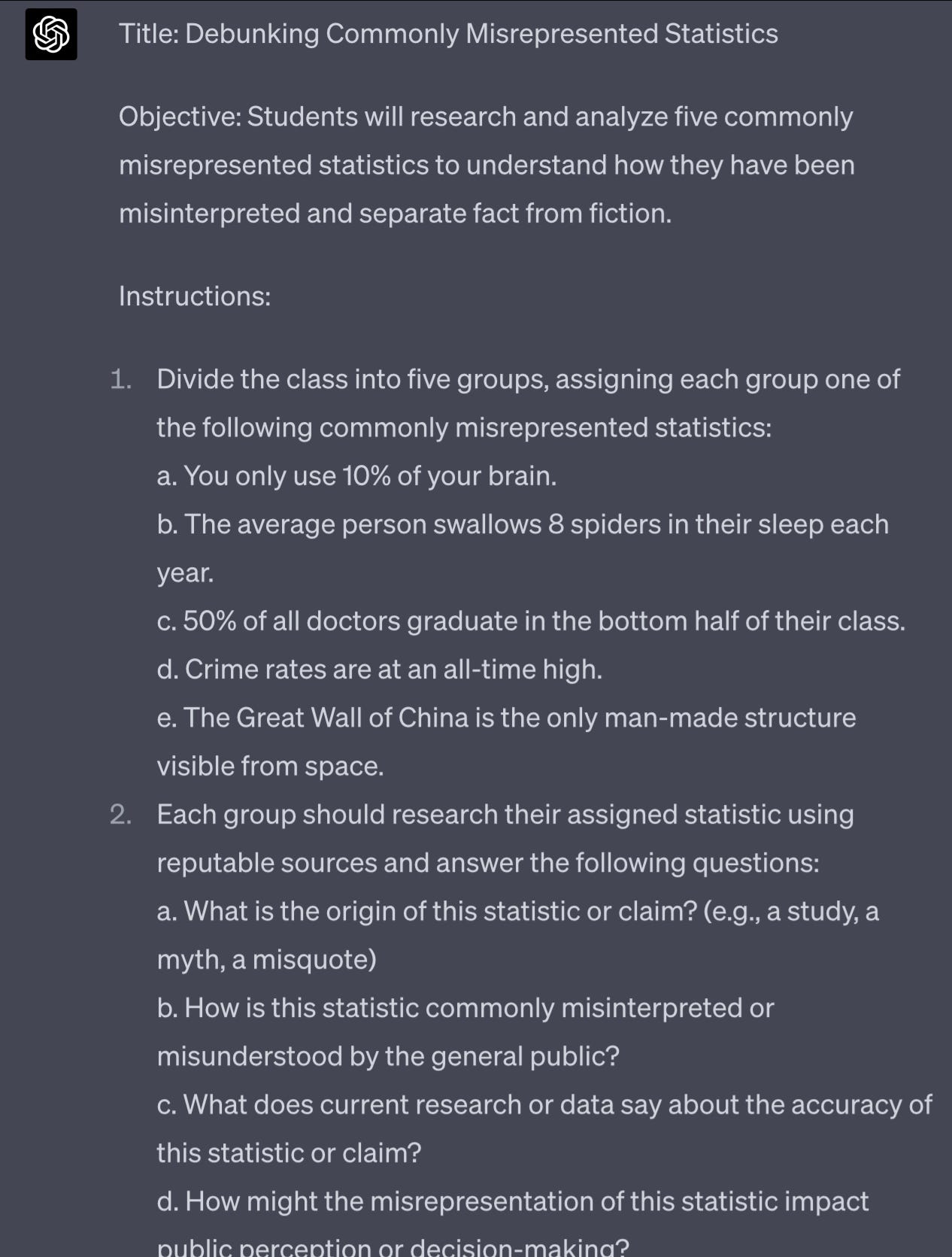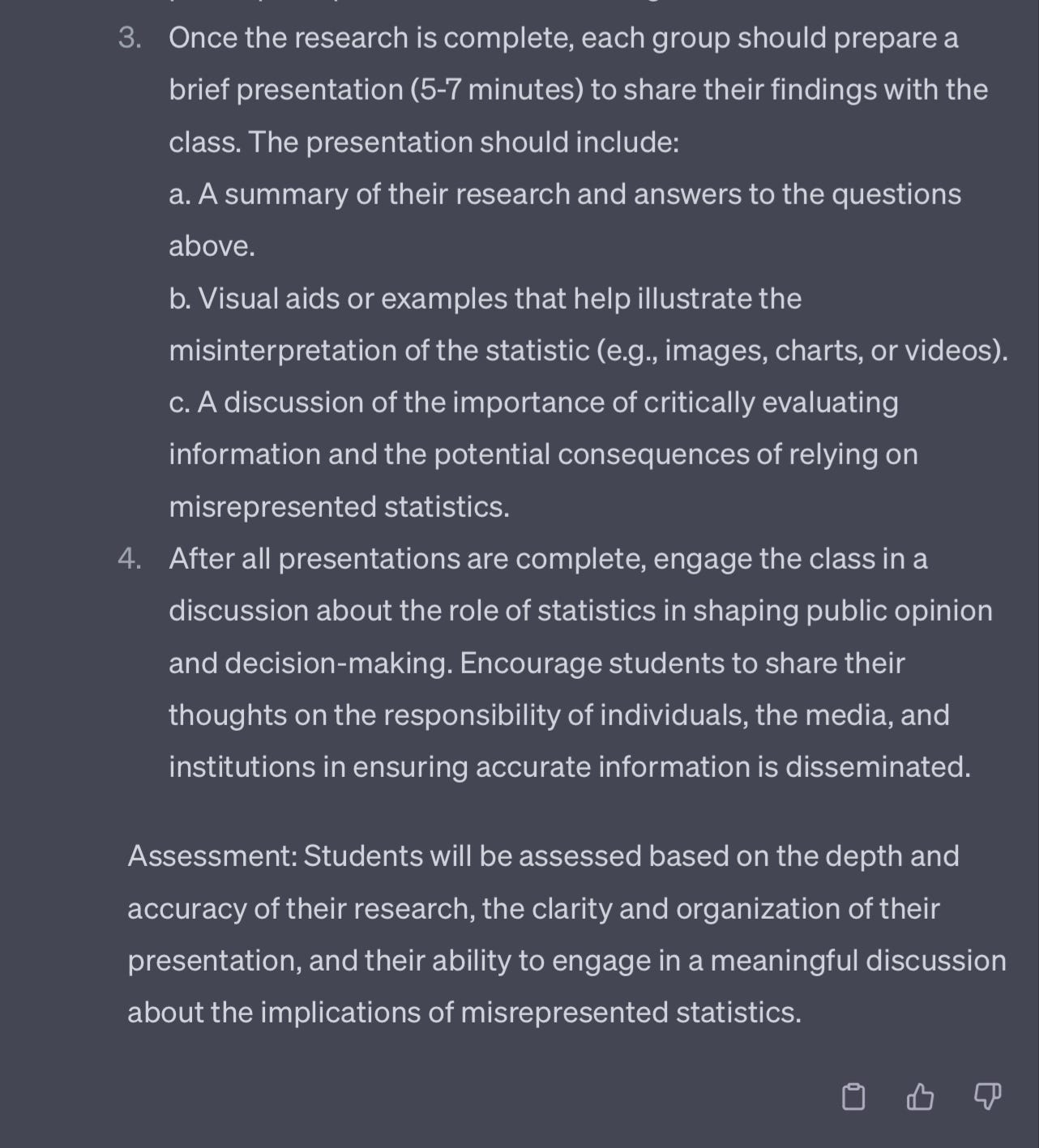Why should teachers use AI and why now?
An Introduction to how AI can save teachers hours of work and free up time for what matters
The AI Revolution and You
Blaine Denton
Why AI, why now, why me?
At some point in their careers, every teacher has heard a variation of the phrase “We value your time,” or “We’d like to give you the gift of time.” However, unlike some supervisors or administration, Artificial Intelligence (AI) can really follow through on that promise.
I am entering my tenth year of teaching, and the one resounding fact that every teacher can agree on is that there just isn’t enough time. I started my career as a special education teacher in a Title I school and I found myself spending hours a week outside of my contract time planning lessons, writing IEPs, reviewing goals, brainstorming ways to help students, reading and replying to emails, and sitting in meetings. While all those aspects of the job are important (well, minus the emails and meetings) they do take away from what really matters: connecting with students and helping them grow as individuals. Helping students grow and develop is the most rewarding part of the job for me— why else would you become a teacher?
After a year working at that Title I middle school, two things became apparent to me about my teacher persona: I love to find ways to amplify my teaching with technology and I excel at making meaningful connections with my students. If you can get to know your students and show them how much you care about them as human beings then you can make fantastic progress with even the most challenging students. Whether it’s trauma, poverty, a disability, or apathy the first step to helping students is to connect with them. School is different now than it was when a lot of current educators were still students. Teachers don’t get the benefit of the doubt when it comes to being authority figures and students don’t just take our word for it when we say that something is important. Now more than ever, we need to treat our students as human beings for them to truly engage.
Teaching is stressful and when you’re spending all your free time on the minutia it’s almost impossible to enjoy the great parts of being a teacher. How are you going to connect with 100+ students a day, much less give meaningful feedback or instruction if so much of your time and energy is taken up by tasks outside the classroom. This is where the intersection of my knowledge and passion comes in to play. AI is the tool we’ve all been waiting for and I want to show teachers how to use that tool. Imagine if you could spend most of your time actually working with students on an individual basis, if you could use technology to generate unit plans in a matter of minutes. Have you ever had an idea for a great lesson only to give up on planning it because you just don’t have the mental energy? I want to show you how to unleash your creativity and passion so that you can focus on the great parts of being a teacher.
AI is here, and it’s not going away. Once you open Pandora’s box, there’s no shutting that lid. Pandora’s box was actually a jar and it unleashed all sorts of evils and terror into the world. The good news for teachers is that while AI might have deleterious effects on education as we know it, it also represents hope. One of the most difficult aspects of being teacher is making the time to do everything you need to do. Creating presentations, assignments, handouts, and assessments takes hours out of the day. Reading student work, giving feedback, and providing supplemental are hallmarks of good teaching, imagine reading 100 student assignments and being able to give any sort of meaningful feedback in a reasonable amount of time. Judicious use of AI can free up so much time in a teacher’s day that we can focus on the things that really matter— connecting with our students and providing them individualized feedback and guidance.
A large chunk of educators believe that using AI is lazy, cheating, or even plagiarism. But AI is the evolution of technology. Students used to have to physically go to the library and find books to do their research— nowadays most reasonable teachers wouldn’t expect their students to do that. We’d just tell them to use the internet. Telling students that AI is cheating is doing them a disservice. If our goal is to get student ready for the real world, then let’s teach them to demonstrate value beyond artificial intelligence. Let’s teach them to amplify their productivity and creativity by using this amazing new tool. But first, let’s embrace the technology as educators and see how it can free us up focus on our students rather than the day-to-day tedium of teaching. Think about the tremendous difference that smartphones have made in education. Don’t you wish that as a profession we’d been better prepared to deal with both the positives and negatives? AI is here and it is going to change education in ways that we can’t predict yet.
Let’s jump in on this paradigm shifting technology to make teaching fun and rewarding again— for both teachers and students.
1. Amplifying our Creativity
Finding ways to engage students is a challenge that teachers have faced throughout history, but nowadays we have to compete with an unending supply of online content designed to maximize dopamine release. It would be great if we could find a way to mitigate some of the more addictive aspects of social media that plague our students but that is beyond the scope of a classroom teacher. But what if we could at least create lessons that meet our state standards but also engage students in interesting and authentic ways.
I love to find new and entertaining ways to present critical skills to my students, but it takes me hours of effort and planning a week. However, since the release of ChatGPT and other AI tools, I’ve cut that amount of time down dramatically. Let me walk you through a way that you could plan a creative and engaging lesson right now using easy and free AI tools. All you need is an OpenAI account and an open mind.
2. Focusing on State Standards
For the purpose of this article, let’s focus on how I used AI to help me plan a unit and individual lessons about media literacy. This might come as a shock, but the curriculum I’ve been provided isn’t particularly interesting or even up to date. In this unit, the suggested texts range from research about energy drinks and video games being bad for students. Not exactly the kind of content that will get students excited.
So I logged into my OpenAI account and typed two sentences:
Act as an AP English teacher. Give me a common core state standard about media and information literacy.
Within seconds I received this.
Pretty neat, but nothing groundbreaking so far. I responded with:
Awesome, will you help me plan some engaging lessons about this standard?
So right off the bat, five solid starting points to build into a unit. My next prompt was:
Can you give me ideas about number 5? Here is the reply I got.
I typed four sentences and received paragraphs worth of ideas and potential plans. Rather than wrack my brain for creative ideas, I can utilize a free tool to refine my vision for a lesson. Another goal I had for this unit was to help understand that so many commonly accepted statistics are repeated without context, or even some times deliberately misrepresented. But how do I convey that to high schoolers. So I turned to ChatGPT.
“You know that statistic about 50% of marriages ending in divorce. Can you explain how that is commonly misinterpreted by people?”
The AI also added:
In summary, the "50% of marriages end in divorce" statistic is an oversimplification that doesn't account for various factors affecting divorce rates. It's essential to consider the nuances and individual circumstances when discussing marriage and divorce statistics.
This information is useful enough for me to include in a presentation introducing students to the idea that not all data is as useful or trustworthy as we believe.
My next prompt was:
Can you give me 5 more statistics that are similar in how they get misrepresented. Please give the explanations in bullet points.
That’s cool and all, but how do we turn that into an assignment? Well, I’m glad you asked because I also asked my AI assistant to help me out.
Use those 5 examples to make an assignment where students have to research those specific statistics and answer questions about how they are misrepresented.
So there you go. From asking a handful of questions to solid lesson ideas to build a unit around. All within a few minutes!
Summary and Conclusion
In conclusion, AI has the potential to revolutionize the way we approach teaching by streamlining lesson planning, enhancing creativity, and promoting a focus on individualized instruction. By leveraging tools like ChatGPT, teachers can spend less time on the administrative aspects of their work and more time connecting with students and fostering their growth. Embracing AI in education isn't about taking shortcuts or cheating; it's about adapting to a new era of technology that can empower educators to be more effective and efficient.
So, let's dive into the world of AI and explore the countless possibilities it offers to revolutionize our teaching methods and improve students' learning experiences. Just like the smartphone transformed education, AI is here to stay and will undoubtedly change the landscape in ways we can't yet predict. By embracing AI, we can ensure a more engaging, rewarding, and fulfilling educational journey for both teachers and students. Let's be part of the AI revolution and rediscover the joy of teaching!
There is so much potential surrounding AI and use cases I can’t even begin to imagine so please share your ideas! How are you using AI, or how would you like to use it? Do you have any worries about AI? What kinds of tasks do you wish you could take off your plate?






